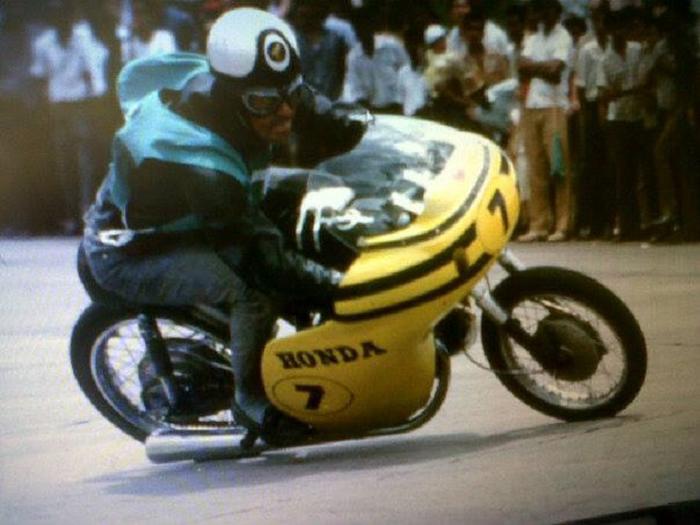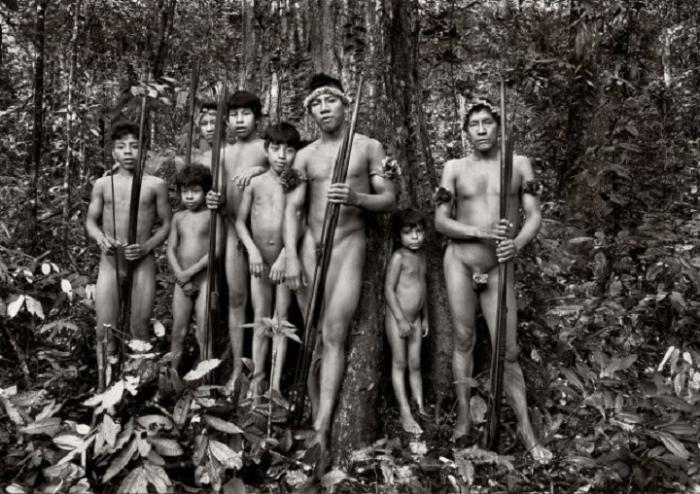The BSA Bantam is a two-stroke unit construction motorcycle that was produced by the Birmingham Small Arms Company (BSA) from 1948 (as a 125 cc) until 1971 (as a 175 cc). Exact production figures are unknown, but it was over 250,000 and some estimates place the number closer to half a million
The BSA Bantam is a two-stroke unit construction motorcycle that was produced by the Birmingham Small Arms Company (BSA) from 1948 (as a 125 cc) until 1971 (as a 175 cc). Exact production figures are unknown, but it was over 250,000 and some estimates place the number closer to half a million
Despite the Bantam being considered the archetypal ‘truly British’ lightweight motorcycle outselling all others, it was in fact a German design, the DKW RT 125, received as war reparations. The same design went into production in at least two, and perhaps four, other countries. Harley-Davidson started producing their Model 125 in late 1947 (several months before BSA) and the occupiers of East Germany, the U.S.S.R. began building the Москва (Moskva) M1A model even earlier, c.1946. In East Germany the machine was made at the original DKW factory by IFA, which later became MZ and Japan also produced copies.
The BSA designers converted the design to Imperial measurements for manufacture in Birmingham. This original Bantam, the D1, was released in October 1948 and continued in production for several years. It had telescopic forks, a rigid rear end, direct electrics, shovel front-mudguard and fishtail silencer, was available only in “mist green” and sold for £60 plus tax. Although the frame changed out of recognition (beginning with conversion to plunger and then swinging fork rear suspension), the engine remained a recognizable development of the original for the entire 23 years of production.
Engine
The engine is a unit construction (engine and gearbox of one piece) single cylinder 2 stroke. The barrel is cast iron while the head is alloy. The gearbox was initially three speeds; later versions went to four, fed through a “wet” clutch. Ignition was of two types a Lucas battery powered coil in earlier machines or a magneto by Wipac. The magneto was on a composite assembly sitting within the flywheel with its magnet inserts; windings gave power either directly to the lights (with a dry cell for when the engine was stopped) or through a rectifier into a lead acid battery. The early D1s had “fish tail” styled exhausts but this was replaced with the more conventional cylindrical silencer. High-level exhausts were made for the trials and off-road models, in which the only electrics are the magneto-powered ignition





